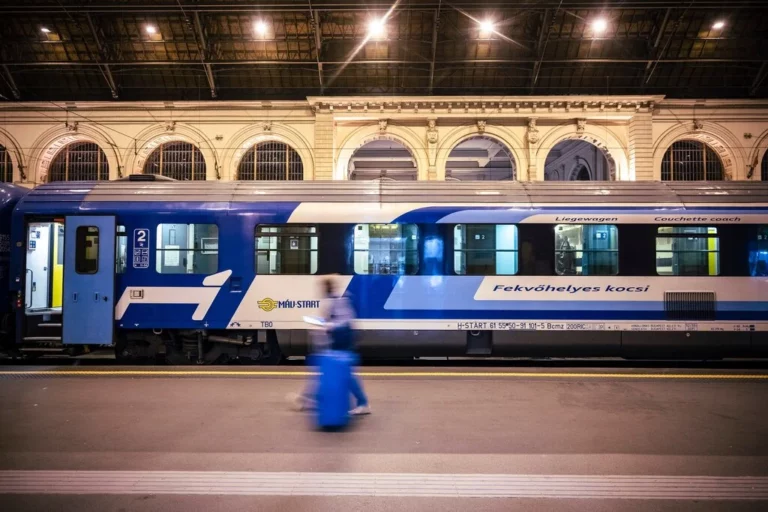construction
No Formula 1 race in Hungary in 2025? Hungaroring in ruins – PHOTOS

Breathtaking palace in Buda Castle being rebuilt: new elements of the roof complete – PHOTOS

Hungarian construction industry closed a bad month in May, with production down

Hungary supports restoration of century-old Hungarian cemetery in US

It won’t be cheap to cross the World’s Longest Footbridge – details are out

Stunning 600-year-old Transylvanian castle restored to glory – explore the photo gallery

Good news for Formula 1 fans! Hungaroring renovation already in the finish line

Final countdown: New Danube bridge to be passable soon!

Orbán government continues program reshaping Hungary’s property sector

Mesmerising PHOTOS: Buda Royal Palace renovation in spectacular phase, entire walls being rebuilt

Orbán-ally businessmen made EUR 38 billion in state motorway concession

Most expensive Danube bridge to be built by one of the richest Hungarians – VISUALS

World’s longest rope bridge will soon be inaugurated in Hungary – photos

Surprise Twist: Budapest-Belgrade railway set to finish ahead of schedule!

Massive Vienna-Budapest motorway expansion project starts soon

New Danube bridge almost ready: guaranteed to operate for 100 years

Budapest Airport taking off: transatlantic flights, terminal 3 and more!

VIDEO: Large railway construction project reaches new phase in Hungary






